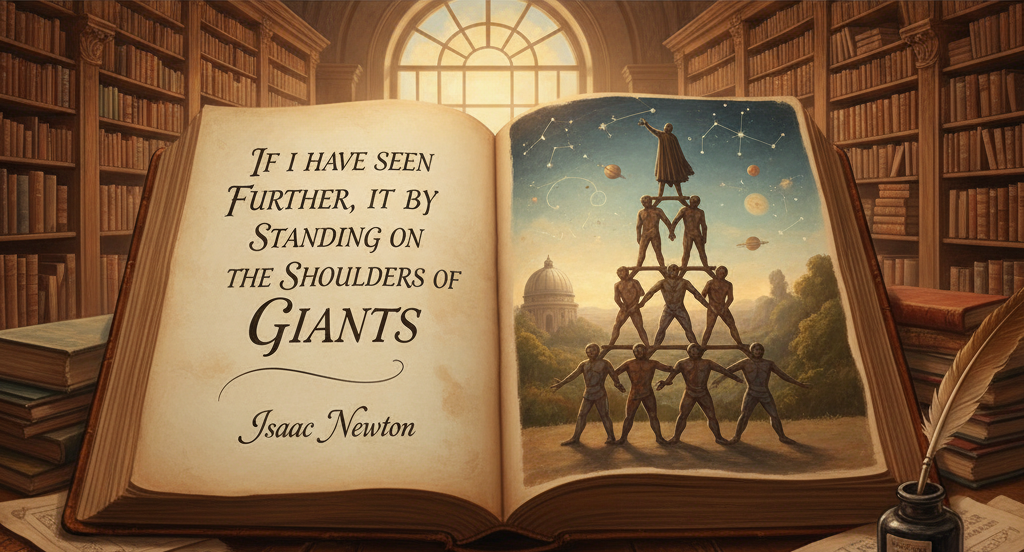
Imagine this: You just upgraded your Wi-Fi plan. Suddenly, videos stream in HD, Zoom calls don’t freeze, and your smart devices finally feel smart. A few months later, the price goes up. You grumble, but you pay. Then the speed drops a little. You still stay. Now imagine someone offers you dial-up internet. Would you ever go back? Not a chance.
That refusal to return to a lower standard—even if it’s cheaper or technically still works—is a great example of the Ratchet Effect.
In simple terms, the Ratchet Effect refers to how once people (or organizations) get used to a certain level of consumption, performance, or convenience, they resist going back—even if conditions change. Like a ratchet tool that only turns in one direction, progress tends to move forward and “lock in,” making it hard to reverse. It’s not just about tech, either. In economics, politics, and psychology, this effect shows up everywhere.
Take government spending, for instance. During a crisis—say a war or a pandemic—governments often spend more to help citizens or support infrastructure. Once the crisis ends, instead of going back to previous spending levels, the budget often stays high. Programs become permanent, and expectations grow. Why? Because once people get used to a benefit, cutting it feels like a loss, even if the original need is gone.
The Ratchet Effect also plays out in business. If a company keeps increasing employee bonuses every year—even during profitable times—employees begin to expect it. One year without a bonus feels like a betrayal, even if the business is struggling. This effect can trap organizations into unsustainable commitments just to avoid backlash or disappointment.
In short, the Ratchet Effect is a powerful force that explains why certain changes—especially improvements—stick, even when the reasons behind them fade. It’s a reminder that expectations, once raised, rarely come back down without friction.
RELATED POSTS
View all


